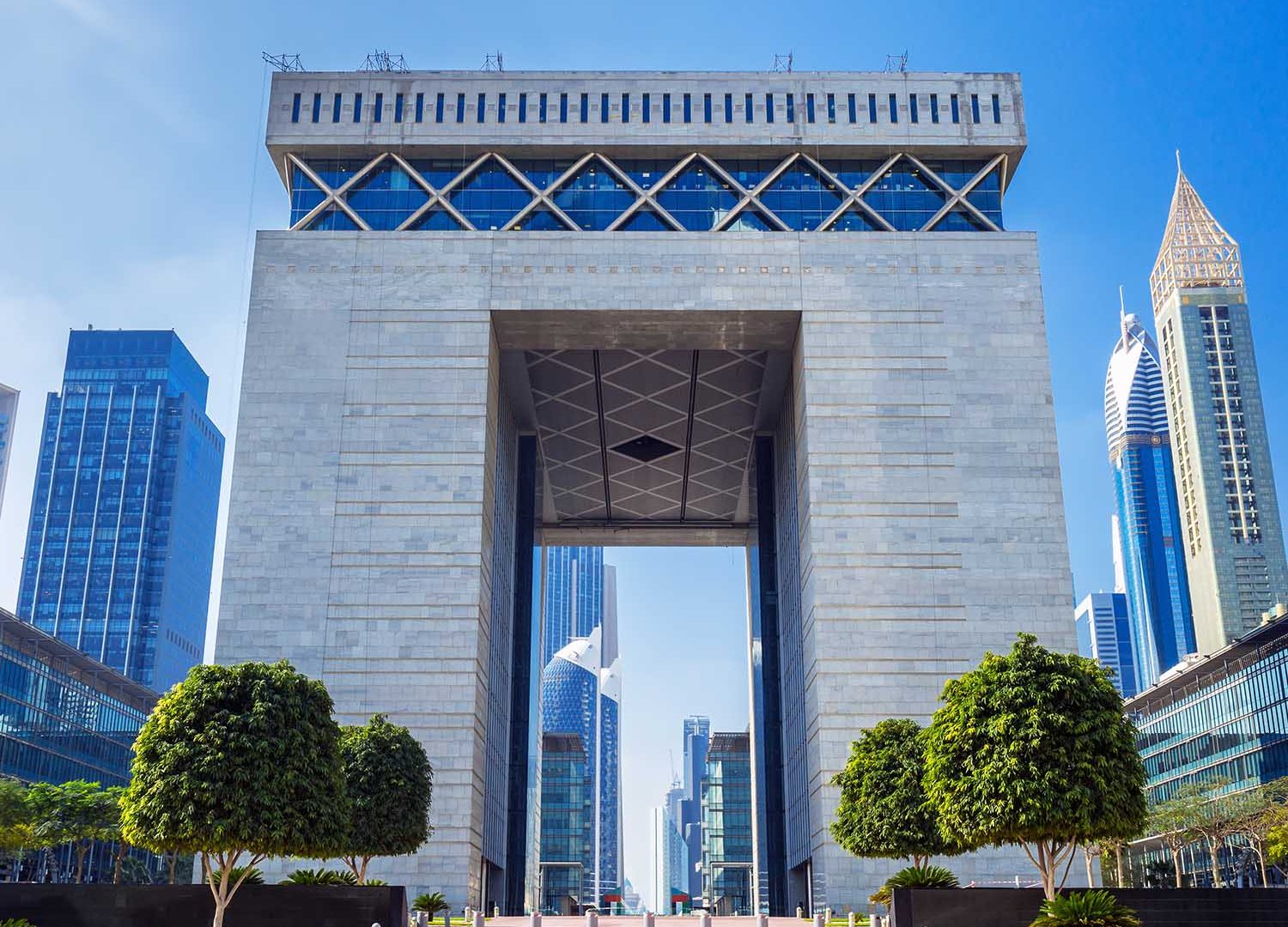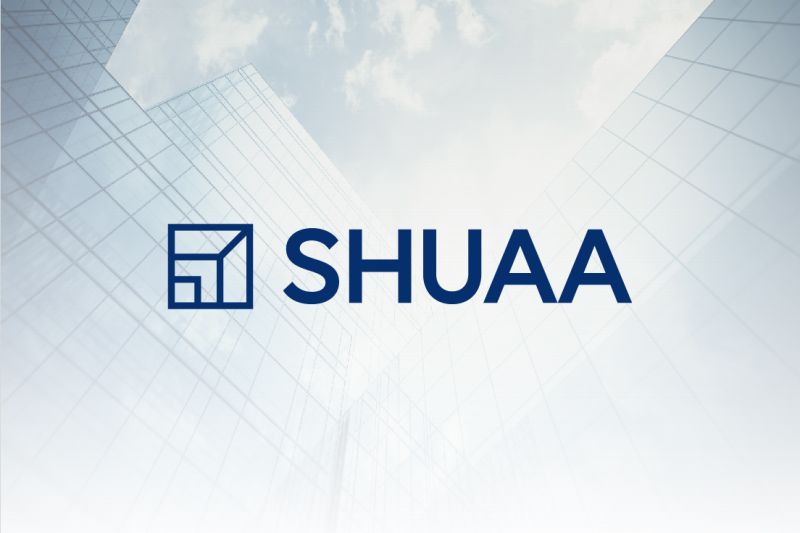SHUAA Asset Management is pleased to share with you SHUAA 2024 Outlook.
Lower yields, and steeper curve by end of 2024
With the Federal Reserve expected to maintain rates at a steady level until mid-year and economic growth projected to significantly slow down, fixed income appears to offer a substantial advantage over alternative investment opportunities in the coming year. We anticipate the 10-year yield to range between 3.5% to 3.75% by the end of 2024. However, we foresee rates undergoing a reversal in the first quarter of 2024 due to the current disparity between the US economic landscape and the near-term inflation outlook. In anticipation of moderated growth, we anticipate spread decompression and, therefore, advocate trading with a long duration and a preference for higher-quality credits. We anticipate a 50 basis points widening in High Yield spreads, driven by inflated valuations and spreads not factoring in the potential for increased defaults amid reduced growth. On the other hand, we expect Investment Grade spreads to remain relatively steady or slightly tighten.
Fed May Lead Rate Cuts in Developed Markets
We believe that the Fed and the ECB may exhibit different inclinations toward initiating easing measures. Despite the macro-outlook and weaker growth potentially prompting the ECB to consider easing sooner, we anticipate that concerns about persistent inflation and uncertainties surrounding wage dynamics will lead the ECB to delay easing. Our perspective is that the ECB is unlikely to commence the easing process unless there is a reasonable conviction that rates can be brought back sustainably closer to 2%. Conversely, we posit that the Fed could initiate the easing process earlier, possibly by summer, given the higher policy rate and be the first to tighten rates. We expect the Bank of England (BOE) to be the last among the major central banks, as the UK lags behind the US and Eurozone in terms of inflation reduction.
Dollar likely to be the king, in all scenarios in 2024
We anticipate the USD to emerge as a more favorable trade option for the year, irrespective of whether economic times are prosperous or challenging. While the dollar might rally if the US sustains its current growth trajectory—though not our primary assumption—if there’s anticipated economic weakness in the US, we foresee a more pronounced slowdown in growth outside the country. This scenario suggests a more favorable outlook for the dollar. For a notable depreciation of the dollar, the Federal Reserve would need to execute more substantial rate cuts compared to its counterparts in the Eurozone. Moreover, non-US growth would need to outperform, which currently seems improbable in the near term, given the stagnant Eurozone growth and poor data from China. Consequently, the near-term direction of the dollar will probably hinge primarily on US growth and inflation data. That being said, another promising trade prospect for 2024 might be the JPY, given its weakness observed in 2023. This trend could potentially reverse if the Bank of Japan ventures beyond its conventional approach.
Oil outlook remains weak
Brent was down 10% last year, pressured by rising non-OPEC supply, the bleak demand outlook and uncertainty around OPEC+ compliance with pledged cuts. The IEA lowered oil demand growth forecast for 2024, while fossil fuel phase-out obligations under COP 28 add medium term demand growth pressure. Continued downgrades to growth expectations in China, coupled with very transitory geopolitical risk premia in oil prices in October/November, suggest that upside risks to oil prices are modest. The front end of the oil futures remains in contango, signaling weak near-term demand growth. Given this backdrop, we expect OPEC+ to extend its output cuts — and even deepen them — until the end of 2024 to support prices above $70 a barrel.
US Equity markets to outperform DM/EM in 2024
Although the valuation in the US appears expensive (S&P trading at 19.7x), we believe the setup into 2024 seems balanced. The benefits of falling yields and potentially multiple rate cuts (in 2H24) from central banks will likely offset a possible deterioration in the operating environment as economic growth slows.We continue to favor quality growth names, particularly technology companies in software and semiconductors, along with weight loss drug companies. However, our expectation of falling yields and a more defensive mindset should also lead to staples and healthcare names performing well, especially after being out of favour last year. Valuations in non-US equities (Eurozone) are now much more reasonable compared to history as we enter 2024, but weaker economic growth relative to the US could keep valuations subdued. Equities in China and the EM wider region appear to offer good value at current levels but require fundamental improvements for outperformance.
Saudi equities offer the best growth potential in GCC
The outlook for GCC markets in 2024 is moderately positive, as the macroeconomic picture remains robust in KSA and UAE, despite a weak oil outlook, whereas growth catalysts remain less convincing in Qatar, Oman, and Kuwait. Strong fiscal buffers in KSA suggest that 2024 may be the year that large project Capex finally ripples through into tangible corporate earnings growth in key sectors. Petrochemicals continue to face weak global fundamentals in 2024, but hydrogen energy applications and feedstock advantages can position regional producers as long-term winners. Nevertheless, lower rates, weaker oil, and a preexisting valuation premium will render it difficult for KSA equities to outperform broader EM in 2024. In the UAE, at the fiscal level, Abu Dhabi continues to enjoy substantial buffers, even with oil at sub-USD75/barrel, while Dubai has also indicated an expansionary stance for 2024. The key downside risks in our view emanate from the UAE’s sensitivity to the global growth outlook, where a slower world economy would directly impact trade, tourism and property demand. We are positive on infrastructure plays in the utilities space, secular growth themes in healthcare and education, and key plays on mobility, travel, and tourism in KSA and the UAE.

